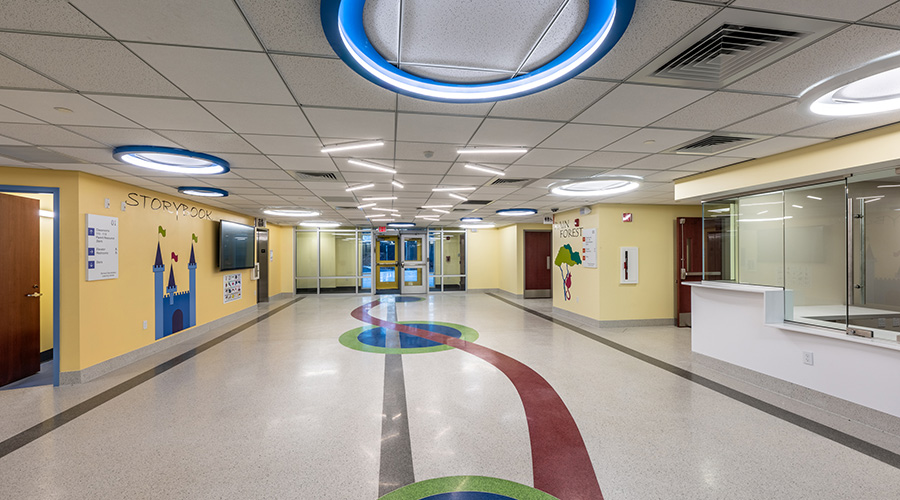Resilience: How to Make Campus Facilities Safer, More Sustainable
As the effects of climate change intensify, resilience takes on vital importance. A new rating system - RELi - helps designers and FMs measure and implement resilience on campus.
In late 2017, the U.S. Green Building Council (USGBC) adopted a new resilient building and design standard called RELi. Developed in conjunction with Perkins+Will, the Institute for Market Transformation to Sustainability (MTS) and others, RELi prescribes methods for designing more resilient buildings, neighborhoods, and communities — and by extension, university campuses. RELi is designed to be a predictive roadmap to help everyone, from architects and city planners to business and governments, better prepare for shocks and stressors to their institutions and communities, from natural disasters like hurricanes and droughts, to extreme instances of social volatility. USGBC adopting RELi means that it will soon become a global rating standard.
When it comes to campus planning, discussions about sustainability are shifting to this more in-depth conversation about resilience. Resilience — taking into account economic, environmental, and social factors as they relate to the probability and impact of risks associated with the site and facility when designing — is an important challenge for campus planners, especially as climate change continues to loom as a global environmental threat.
Across the nation, campuses large and small have begun implementing notable resilient and sustainable design programs. For example, Arkansas Tech University is among the first universities that went through this resilience-focused master planning process. Arkansas Tech started out as a campus without strong sustainability elements, that then went through a robust resilience and sustainability conversion. Facility managers at Arkansas Tech talked in-depth with a range of campus stakeholders about the fundamental and potential threats to the university both near- and long-term. These chronic stressors such as funding and acute shocks like tornados or floods can typically be identified and reasonably predicted to occur, and therefore preemptive design elements can be implemented to make the campus more resilient against them. Due to its location, the Arkansas Tech campus was having continual issues with flooding, as a significant portion of the institution was built within 100- and 500-year floodplains. This location was causing consistent problems for both the university and the student body. The campus operations team worked tirelessly with the support of designers to conceive of long-term design solutions that helped prevent campus flooding and address ways issues of flooding within the existing campus could be best mitigated in the future. One of the solutions was creating an additional point of entrance, to make sure that all students and staff could exit safely in the case of flooding. Also, to avoid repeating past mistakes, newer campus areas were designed out of the floodplain.
The resilience planning process should be focused on recognizing the reality and gravity of climate change, as well as large shifts in communities. It is extremely important to figure out a way to address these issues deliberately and head on, as opposed to simply implementing short-term prevention measures. In May of 2019, more than 300 tornadoes occurred across the United States. If these and other such impacts of climate change are reasonably foreseeable, facility managers have a responsibility to design and plan for them before they happen.
Stephen Coulston is principal with Perkins + Will, Austin, Tex.
Related Topics:















